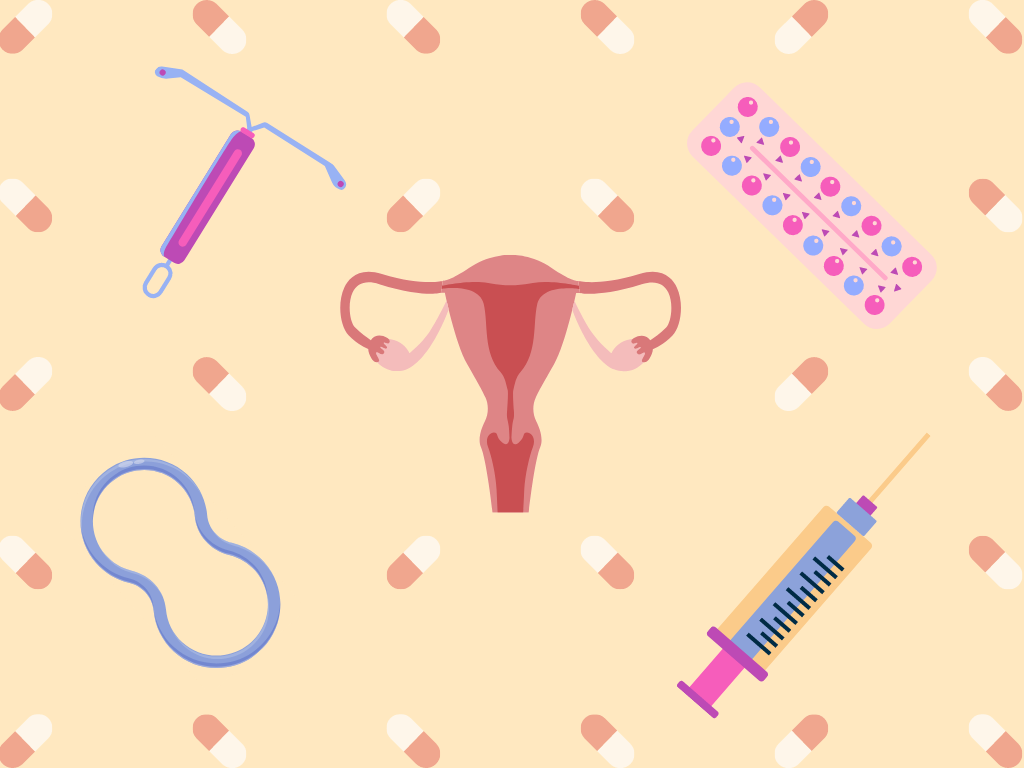Google “ADHD and binge eating” and you’ll find a whole host of articles on the topic.
A lot of them, though, go something like this: Sugar is bad! Fat is bad! Stop eating delicious food before you ruin your health forever. Kale and quinoa for life!
This is not one of those articles.
Because, frankly, traditional advice around binge eating and ADHD is often riddled with shame — around the things we eat and the bodies we have. I’ve never walked away from one of those articles feeling anything but bad about myself and what I eat.
The real truth? You deserve to enjoy your food and feel good in your body. So I’m not going to talk to you about cauliflower rice today. Instead, we’re going to talk about why binge eating happens, and go over some shame-free strategies for consistent, more intuitive eating.
How to stop binge eating
1. Eat more (yes, really)
On the surface, this probably seems counter-intuitive.
But binge eating is often preceded by some form of caloric restriction. If we aren’t eating enough during the day, we’re more likely to binge in the evening to make up for it.
Our bodies are smart. They know how much energy they need to function. They also know that if you’ve been restricting throughout the day, you’re going to need those extra calories later on.
So the best way to prevent binge eating? Stop restricting. Eat consistently (every 3 or 4 hours) and eat to fullness each time.
💡Pro tip! If you struggle to remember to eat, set a timer. Yes, really! I personally use my phone and each time I eat, I set a timer for another four hours. This helps to keep me on track.
2. Add some variety to your diet
Sometimes the reason we’re bingeing is because we’re not meeting our nutritional needs. A lot of people think this means they need to add more vegetables, but that’s not necessarily true! It could be just as likely that you’re not getting enough fats or protein.
It’s best to work with a dietitian (I’d recommend one that specializes in intuitive eating) to sort out your own unique needs. But generally speaking, you can try out the “thirds method.”
What is the “thirds method”? When you’re looking at a standard dinner plate, imagine it divided into three parts. One third of your plate should be starches, one third should be protein, and another should be fruits and/or veggies. You’ll want to add 2-3 fats to your dish as well.
Not every plate will perfectly adhere to this method—and that’s okay! But this can be a helpful shortcut for anyone looking to add a little variety to their diet.
💡Pro Tip! Bento boxes can be a fun way to prep your meals ahead of time, and many are already pre-divided, taking some of the guesswork out of making a meal!
3. Stop restricting the foods you love
A common knee jerk reaction we might have in response to binge eating is to cut out the foods that scare us. But in actuality, this is still a form of restriction that can trigger bingeing. If you’ve ever tried to cut out sugar, you probably know what I mean — the longer you go without, the more intense the cravings seem to become.
Taking on a restrictive mindset can cause us to unhealthily obsess about certain foods, and can lead to more disordered eating. A healthy relationship with food means that all foods fit: you can have the cake and enjoy your asparagus without assigning moral value to either.
We don’t want to give any particular kind of food more power over us. We can take a food’s power away by neutralizing our relationship with it, but that has to begin with giving ourselves unconditional permission to eat whatever our body is craving.
💡Pro tip! I highly recommend the book “The F*ck It Diet” by Caroline Dooner to better understand how restriction fuels the cycle of bingeing, and how to navigate the tough emotions that can come up as we journey towards more intuitive eating.
4. Don’t replace meals or snacks with coffee
Don’t pretend you haven’t done this! Caffeine is an appetite suppressant, so it can really interfere with our ability to feel hunger cues and respond to them. This doesn’t mean you have to cut out caffeine! Instead, enjoy your coffee after you’ve eaten.
Yes, this means that breakfast should come before your morning cup of joe. This can be a hard habit to break, but your body will thank you, I promise.
Remember: if we aren’t eating enough during the day, an evening binge will likely follow.
5. Keep easy-peasy snacks on-hand
You’re more likely to eat more during the day if you’ve got easy snacks and meals around. I like to set a personal rule that my meals shouldn’t take more than 10-15 minutes to make, and my snacks should only take 5 minutes or less.
Remember, you should be eating 3 meals a day, with 2-3 snacks (sometimes more!) in-between. If you have ADHD and you struggle with binge eating, you’re likely undereating and need to up your intake during the day.
💡Pro tip! Prepackaged foods and nutritional shakes/smoothies can help lift the burden. Don’t worry about how “lazy” you might seem getting the pre-sliced apples — your job is to nourish yourself adequately, plain and simple! Anything you can do to make it easier is fair game.
Most importantly? Don’t forget to enjoy your food!
Sometimes guilt and shame can keep us from being present and mindful while we eat. This makes us more likely to frantically binge, oftentimes to avoid the emotions that are coming to the surface.
The truth is, food is meant to be pleasurable. It’s meant to be enjoyed and savored and appreciated.
By divorcing joy from food, we begin to create a fearful relationship with food instead of a neutral one. We aren’t meant to be afraid of food! Yet so many of us are. But I believe the best thing we can do for ourselves is to build a more self-compassionate, neutral relationship with food and eating.
This starts with listening to our bodies instead of the constant chatter of a diet-obsessed culture.
Take it one bite at a time. You’ve got this.








